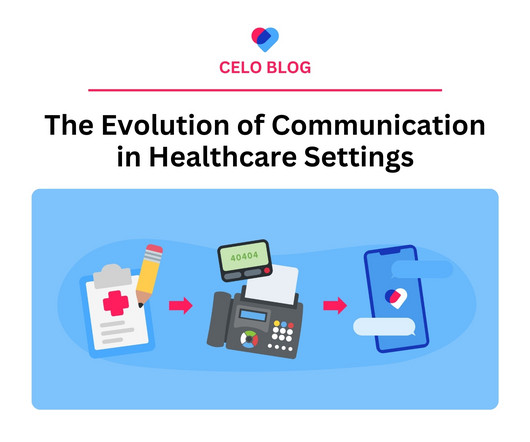The Nursing Academic; supporting the transition for clinical practice to Higher Education
Evidence-Based Nursing - BMJ blogs
OCTOBER 8, 2023
This weeks blog is by Phil Downing, Academic Operational Lead, University of Bolton. and, Helen Lord, Senior Lecturer, CPD Lead, University of Bolton. One of the responses to the well-recognised workforce shortages within the NHS in England 1 has been a commitment within the NHS Long Term Workforce Plan to increase adult nursing training places by 92% over the next eight years 2.











Let's personalize your content